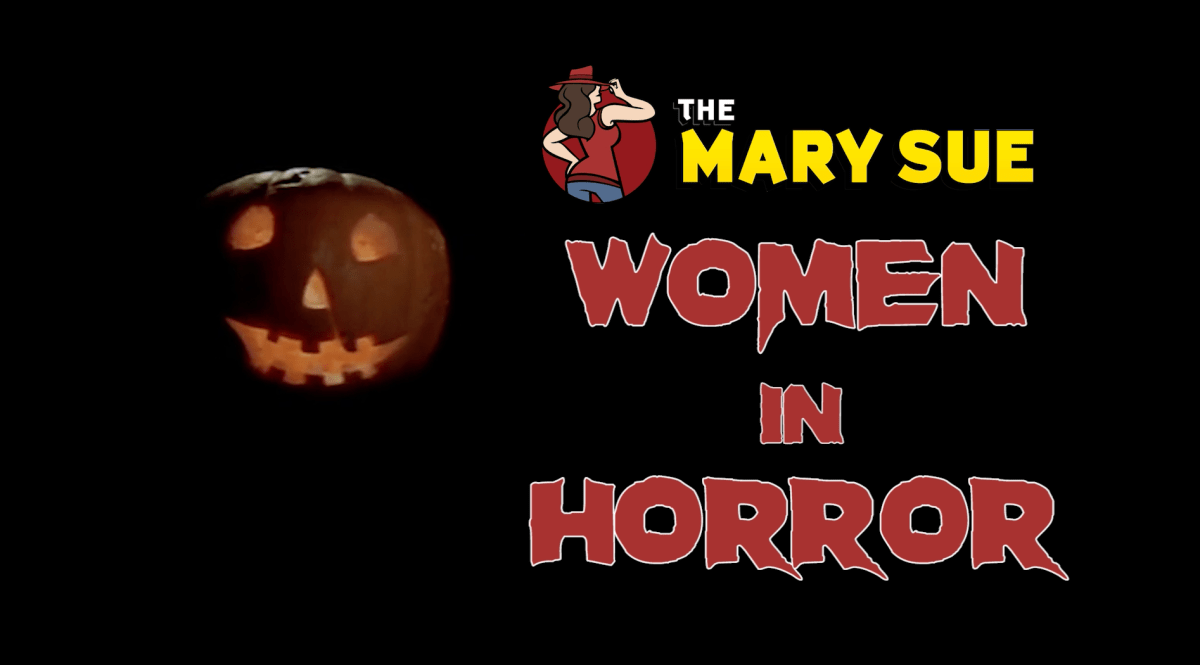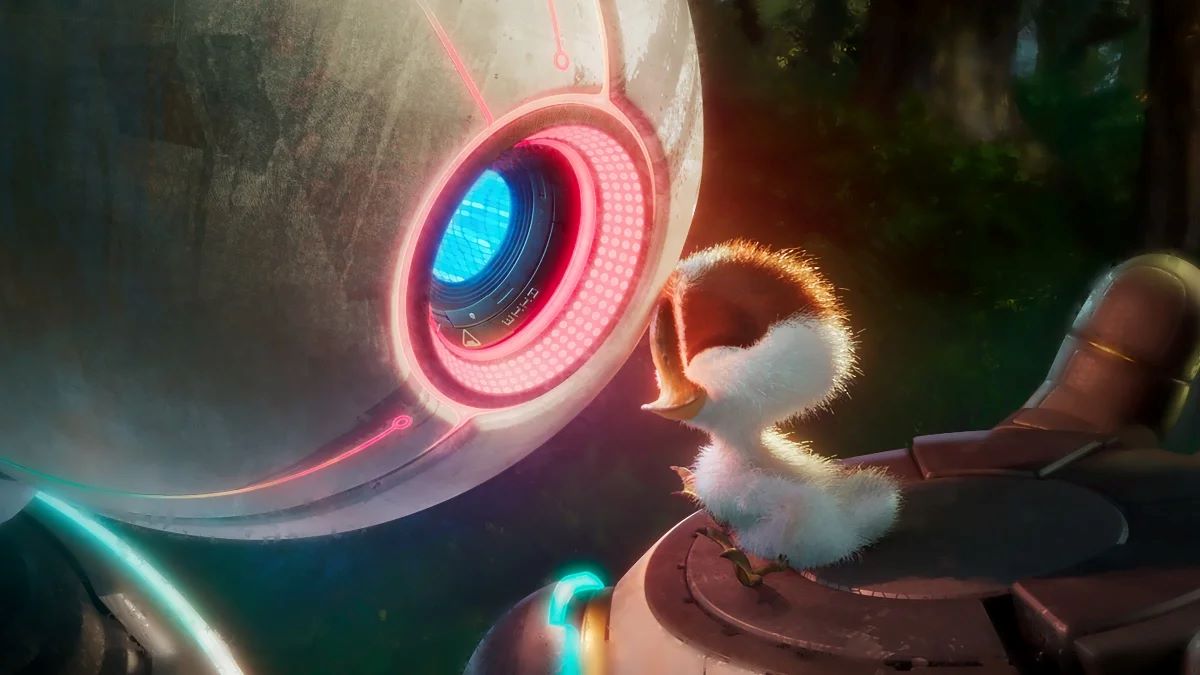Happy Halloween! For the holiday we wanted to revisit some classic horror tropes. The final girl has always been a curious character. She’s cool, but only allowed to be cool under certain conditions—mainly not having sex. So, we decided to look at a brief timeline of the final girl and how she’s changed over the years. You can read the transcript below.
Women have always been huge in horror. Not only were many of the great writers women, many of them told female-centric stories. Is this because it’s scarier for an audience to see a woman in danger than a man, as women traditionally serve as symbols of the country, innocence, and fertility? Or is it because of fear toward female roles within society growing, their sexuality become less quiet, and their voices getting louder? The answer is a bit of both, really, so let’s take a look at the slasher film and its relationship with women.
Slasher films, which really emerge in the 70’s and 80’s with films like the John Carpenter’s Halloween series, The Texas Chainsaw Massacre, and A Nightmare on Elm Street series popularized the psychopathic killer with a phallic weapon who stalks and murders young people, except maybe one girl, who beats or escapes the killer. The “final girl” character was thus born but narrowly defined, though the term didn’t emerge until 1992. She’s a virgin and “pure” girl with a unisex name, typically in contrast to sexually active female characters that have already died. Many credit Jamie Lee Curtis’ Halloween character, Laurie, as the original and quintessential final girl. She survives, but it’s in the midst of her many friend who died in anticipation of sex or after sex and when she survives, it’s Loomis, a man, that saves her. Female sexuality has always been a societal anxiety but we may consider this violent genre a backlash over the sexual liberation movement, female contraception, and its effects.
The slasher film, however, took on new forms as time went on. In 1996, Wes Craven’s Scream film took the slasher, which had become at this point, cliched, and updated it. Neve Campbell’s Sidney has sex, and, miraculously, doesn’t die. It expanded the requirements to be a final girl, and reviews praised how consciously the film engaged with and resisted the concept of “sex equals death.”
Even more recently, David Robert Mitchell’s It Follows comes across as both a homage to films like Halloween, in its music, imagery, suburban setting and lots more. However, the “it” is an unconventional slasher, targeting only one victim at a time, passed on through sexual encounters. The protagonist, Jay, catches it and even passes it on over the course of the film. While the premise could easily slide into a post-AIDs epidemic, slut-shaming, morality tale, it strays away from those old slasher ideas. Jay survives, and sex is a means to keep the monster away, rather than attracting it. All the sex is consensual, and the film is adamant that she’s not a victim. Her use of a gun to shoot the monster, a weapon that slashers typically avoid in favor of more hands-on knifes and objects, further characterizes her as a new kind of final girl and a new kind of slasher.
Despite being a pretty nasty and gory genre, much of traditional horror has a tendency to be extremely conservative. Monsters can be means to scare audiences away from scary horrible things like scientific innovation, foreigners, “deviant sexualities” and lots mores. However, there has been a shift in the genre, and we hope to see lots more progressive leading ladies.
—Please make note of The Mary Sue’s general comment policy.—
Do you follow The Mary Sue on Twitter, Facebook, Tumblr, Pinterest, & Google +?









Published: Oct 31, 2015 05:00 pm